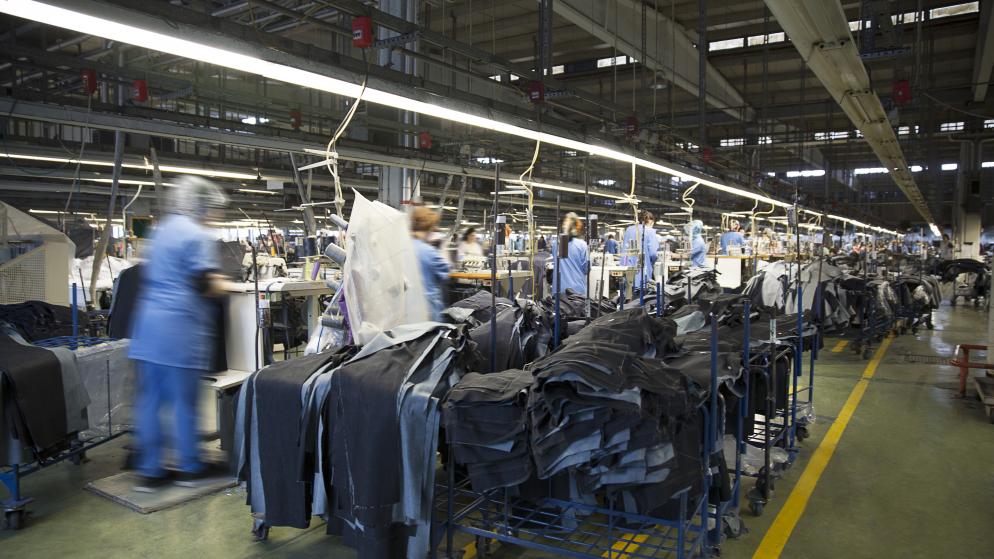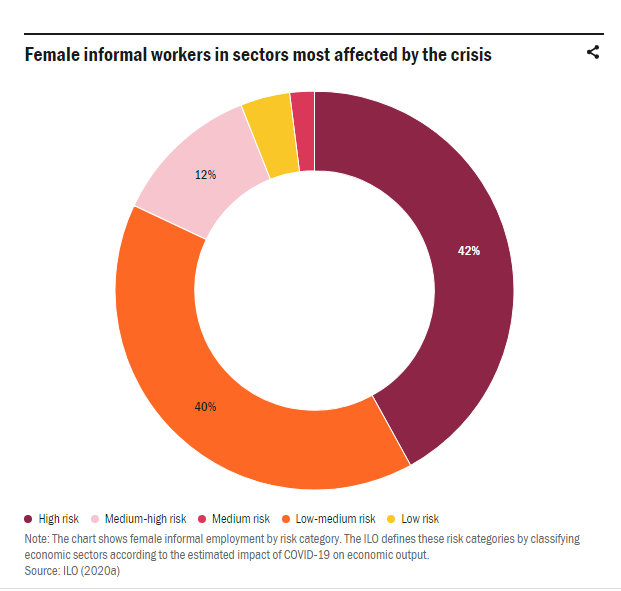Women’s leadership for an inclusive, resilient and sustainable global economic recovery
The pandemic has also provided many examples of effective women’s leadership and ingenuity in responding to the crisis. While there are already some indications that female leaders are responding better to the current crisis, evidence suggests a relationship between women’s representation in decision-making and increased social benefits for societies as a whole.17 Through its initiative “Women Rise for All”, the UN is putting women leaders at the forefront of its call to action to meet the challenges of the COVID-19 crisis, including in industry.
We must not, however, lose sight of what UN Secretary-General Guterres calls “the most important global systemic threat in relation to the global economy”: climate change.18 The post-pandemic medium- to long-term economic recovery measures represent a unique opportunity for policymakers to institute bold measures for more resilient, inclusive and sustainable economies, and to reshape industrial development towards environmentally sound technologies. In doing so, it is paramount to harness women’s full potential as leaders, innovators and agents of industrial and environmental change.
The time is now to ensure that everyone equally benefits, participates in and guides industrial development in the recovery phase. In this endeavour, UNIDO continues to be committed to promoting resilience and inclusivity to foster a better future for all.




